Sanitation Standard Operating Procedure for Meat Plant
This document provides a detailed Sanitation Standard Operating Procedure (SSOP) for meat plants. It outlines responsibilities, procedures for cleanliness, record storage, and corrective actions. Utilize this SSOP as a reference for creating your own sanitation procedures.
Edit, Download, and Sign the Sanitation Standard Operating Procedure for Meat Plant
Form
eSign
Add Annotation
Share Form
How do I fill this out?
To fill out this document, start by reviewing the responsibilities outlined for various employees. Next, document specific cleaning procedures and monitoring activities as instructed. Finally, ensure to sign and date the SSOP upon completion or modifications.
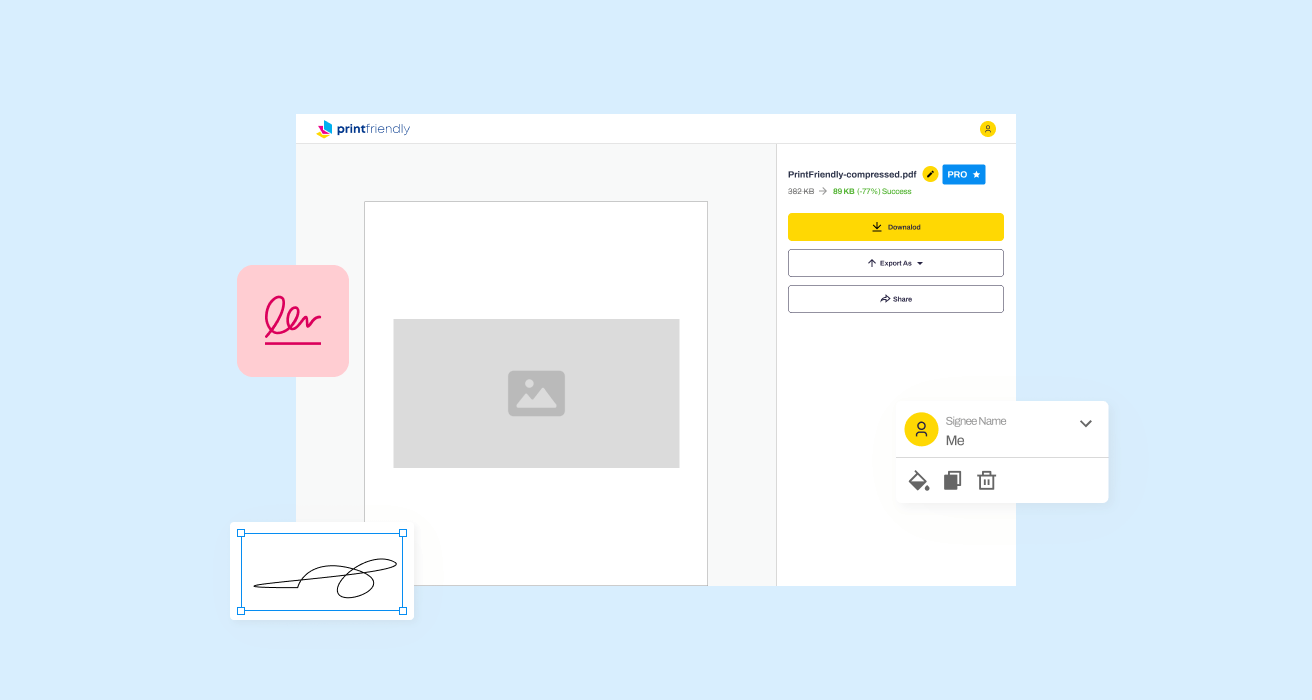
How to fill out the Sanitation Standard Operating Procedure for Meat Plant?
1
Review employee responsibilities for SSOP implementation.
2
Document the cleaning procedures followed.
3
Record monitoring activities accurately.
4
Sign and date the SSOP upon any modifications.
5
Store the records as required.
Who needs the Sanitation Standard Operating Procedure for Meat Plant?
1
Plant Managers need this SSOP to ensure compliance with sanitation regulations.
2
Sanitation Crew members require this document for specific cleaning guidelines.
3
Quality Assurance personnel will use the SSOP for verifying sanitation standards.
4
Food Safety Inspectors reference the SSOP during compliance checks.
5
Training Coordinators need it to educate staff on sanitation procedures.
How PrintFriendly Works
At PrintFriendly.com, you can edit, sign, share, and download the Sanitation Standard Operating Procedure for Meat Plant along with hundreds of thousands of other documents. Our platform helps you seamlessly edit PDFs and other documents online. You can edit our large library of pre-existing files and upload your own documents. Managing PDFs has never been easier.

Edit your Sanitation Standard Operating Procedure for Meat Plant online.
Editing this PDF on PrintFriendly is straightforward and user-friendly. Simply upload your document, make your desired modifications, and save. Enhance your Sanitation Standard Operating Procedures to meet your establishment’s needs.

Add your legally-binding signature.
Signing the PDF on PrintFriendly is quick and simple. You can add your signature digitally and save the finalized document. Ensure all necessary parties sign before submission for regulatory compliance.
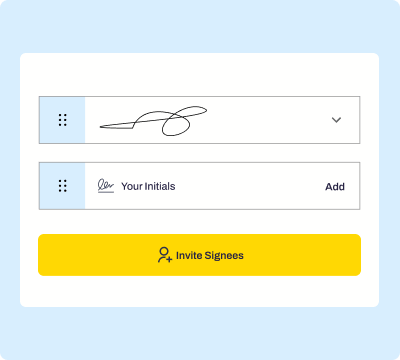
Share your form instantly.
Sharing the PDF on PrintFriendly allows you to easily distribute important documents. Use the sharing options to send your edited SSOP to colleagues or superiors. Enhance collaboration and ensure everyone is informed.
How do I edit the Sanitation Standard Operating Procedure for Meat Plant online?
Editing this PDF on PrintFriendly is straightforward and user-friendly. Simply upload your document, make your desired modifications, and save. Enhance your Sanitation Standard Operating Procedures to meet your establishment’s needs.
1
Upload your PDF document to PrintFriendly.
2
Edit the text using the editing tools provided.
3
Annotate any sections that require additional notes.
4
Review your changes thoroughly.
5
Download the revised PDF once edits are completed.

What are the instructions for submitting this form?
To submit the SSOP, email the completed document to the regulatory oversight agency at regulatory@agency.gov. Physical submissions should be sent to 625 Robert Street North, Saint Paul, MN 55155-2538. For fax submissions, send to 651-201-6199. Ensure you retain a copy for your records and reference any communication you receive regarding submission status.
What are the important dates for this form in 2024 and 2025?
For this SSOP, it's important to regularly update and maintain records. Significant revisions should be made annually. Keeping the SSOP current ensures that practices meet regulatory standards.

What is the purpose of this form?
The purpose of this SSOP is to outline the sanitation procedures within a meat processing environment. It establishes the responsibilities of personnel involved in maintaining cleanliness and hygiene. By adhering to the SSOP, establishments can ensure the safety and quality of meat products.

Tell me about this form and its components and fields line-by-line.

- 1. Responsible Employees: Details the roles and responsibilities of employees in maintaining SSOP standards.
- 2. Record Storage: Specifies the retention period for SSOP records and how to store them.
- 3. Pre-Operational Sanitation: Outlines the procedures for sanitation before production begins.
- 4. Operational Sanitation: Details sanitary practices employees must follow during processing.
What happens if I fail to submit this form?
Failure to submit this SSOP can result in non-compliance with regulatory standards. This can lead to penalties and increased inspections. It is critical to ensure the document is completed and submitted on time.
- Regulatory Non-Compliance: Without submitted SSOP records, the establishment risks penalties or sanctions.
- Increased Inspections: Failure to adhere can lead to more frequent inspections by regulatory agencies.
- Contamination Risks: Inadequate sanitation practices increase the risk of product contamination.
How do I know when to use this form?

- 1. Training Employees: Utilize the SSOP to educate employees on sanitation protocols.
- 2. Conducting Inspections: Refer to the SSOP during internal audits and inspections.
- 3. Regulatory Compliance: Use this form to ensure compliance with state and federal regulations.
Frequently Asked Questions
What is the purpose of the SSOP?
The SSOP serves as a guideline for ensuring sanitation in meat plants.
Who is responsible for signing the SSOP?
The Plant Manager is responsible for signing and dating the SSOP.
How often should the SSOP be revised?
The SSOP should be revised as needed based on operational changes.
What records must be kept for the SSOP?
Records must include monitoring findings and corrective actions taken.
How can I document corrective actions?
Document corrective actions in the Corrective Action Log provided.
What should be done with SSOP records if requested?
SSOP records must be made available to DATCP personnel within 24 hours.
How do we ensure compliance with the SSOP?
Regular monitoring and training ensure compliance with sanitation procedures.
Can SSOP responsibilities be delegated?
Yes, the Plant Manager may delegate specific duties to other employees.
How do I ensure proper sanitation of equipment?
Follow the cleaning and sanitation procedures detailed in the SSOP.
What if I notice a deviation during inspection?
List the problem and corrective action in the SSOP Inspection Form.
Related Documents - Meat Plant SSOP
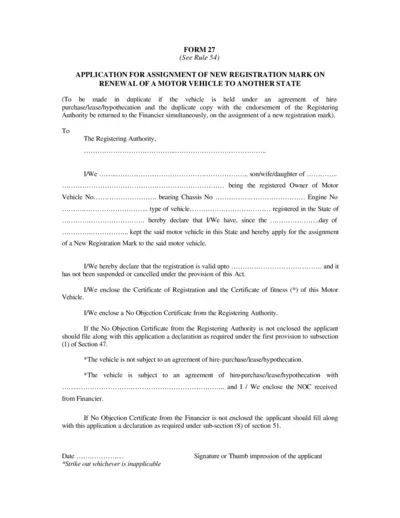
FORM 27 - Application for New Registration Mark Assignment
Form 27 is used for applying for the assignment of a new registration mark for a motor vehicle when relocating to a different state. The form ensures that the vehicle is registered in the new state. It requires details like vehicle number, chassis number, engine number, and more.

Labor Management Agreement File
This file provides comprehensive details on labor management agreements, including general provisions, bargaining units, technician rights, management rights, and more. It's essential for understanding the rights and responsibilities outlined within labor organization structures. Users can utilize this file to streamline their understanding and compliance with labor agreements.

New Jersey Poultry Invoice Form
This file includes detailed instructions for completing a poultry invoice required for the movement of poultry within the New Jersey Live Bird Marketing System. It includes information on premises of origin and destination, quantity, breed, type, and color of poultry, as well as pricing and certification of negative avian influenza status.
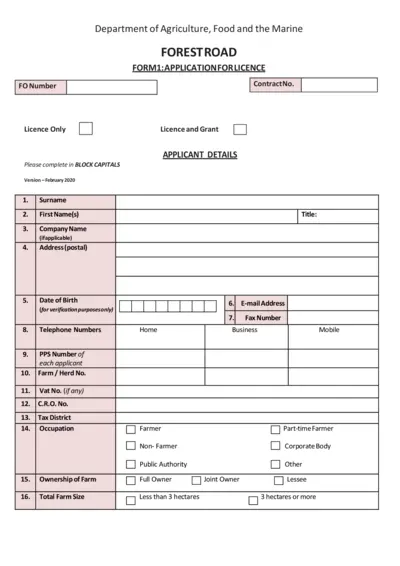
Forest Road Licence Application Form - Department of Agriculture
This is an application form for a forest road licence issued by the Department of Agriculture, Food, and the Marine. The form requires applicant and site details, as well as a declaration and consent section. Detailed instructions, constraints, and ownership information are necessary for completion.
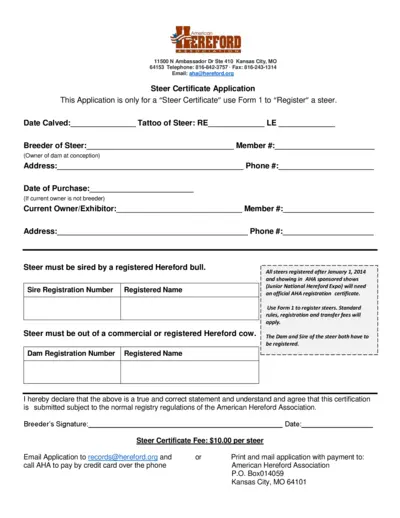
Steer Certificate Application - American Hereford Association
This file is a Steer Certificate Application from the American Hereford Association. It is used to apply for a Steer Certificate for a steer that meets the required criteria. The form includes sections for information about the breeder, current owner, and registration details of the steer.

American Angus Association Recordbook for Junior Members
This recordbook is designed to compile records of Angus activities. It is useful when applying for various awards and scholarships. It also serves as an educational aid and a source of fond memories.

USDA CCC-860 Form: Certification for Farmers and Ranchers
This file is a USDA CCC-860 form used for certifying socially disadvantaged, limited resource, beginning, and veteran farmers or ranchers. It includes instructions on how to complete the form and definitions relevant to the application process. Learn how to determine eligibility and submit the form to the County FSA Office.

Farm Hard Rewards 2023 Dealer Instructions and Eligible Tires
This document contains detailed instructions for dealers participating in the Farm Hard Rewards program for 2023. Included is a comprehensive list of eligible tires with corresponding load indexes and discounts. Dealers must follow the guidelines for redemption and record-keeping purposes.

Adesso TruForm 150 Illuminated Ergonomic Keyboard Overview
The Adesso Tru-Form 150 is an illuminated ergonomic keyboard designed with a split key zone to encourage natural hand positioning, perfect for extended use. It features quiet membrane key switches, 20 built-in hotkeys, and is USB powered. The backlit keys can be switched between three colors, making it ideal for night use.
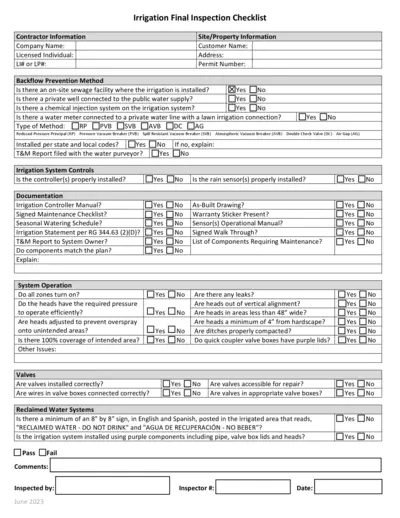
Irrigation Final Inspection Checklist
This Irrigation Final Inspection Checklist is designed to help ensure that all installation and operational requirements are met for irrigation systems. It includes sections for contractor information, site/property information, backflow prevention methods, irrigation system controls, system operation, valves, reclaimed water systems, and more. The checklist assists inspectors in verifying that systems comply with state and local codes and function properly.

Edge Salon & Suites Sublease Agreement: Lease and Terms.
This file contains the sublease agreement between Edge Salon & Suites and a sublessee. It outlines the terms and conditions for renting a suite or station. It includes details on rent, operating policies, and responsibilities.

Application to Register Temporary Use of Land for Livestock
This file is used to apply for a Temporary Land Association (TLA) or Temporary County Parish Holding Number (tCPH) to register temporary use of land for keeping livestock. Complete separate forms if applying for both. Ensure you have a permanent CPH allocated by RPA and are registered as a livestock keeper with APHA before applying.